Black stems on NAR
rt_peasant
9 years ago
Related Stories

GARDENING GUIDESSmall Carpenter Bees Are Looking for a Home in Your Plant Stems
Provide flowers and nesting sites in your garden for this beautiful, tiny, metallic blue wild bee — your plants will thank you
Full Story
PRODUCT PICKSGuest Picks: Add Pizzazz With Black and White
Bold and eye catching, the classic duo of black and white will create drama and interest in any room
Full Story
FLOWERSRudbeckia Mania: Go Beyond Black-Eyed Susan in the Garden
Branch out from typical nursery fare, with lesser-known Rudbeckia species that have delightfully unexpected features
Full Story
GARDENING GUIDESGreat Design Plant: Black-Eyed Susan
Plant seeds this fall for rich swaths of golden blooms in the garden come summer
Full Story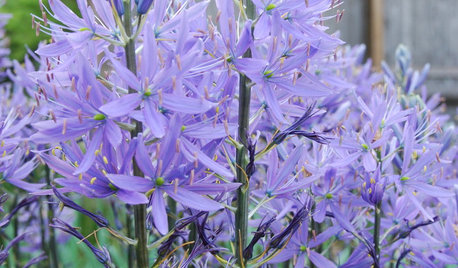
BULBSGreat Design Plant: Wild Hyacinth for a Bolt of Blue
Get knockout spring blooms on spiky stems by planting these bulbs before the ground freezes
Full Story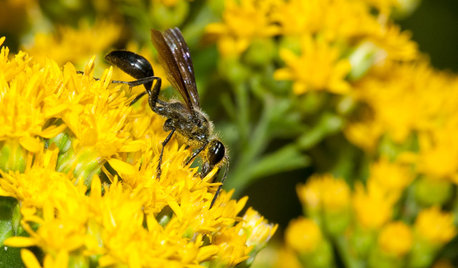
GARDENING GUIDESMeet the Grass-Carrying Wasp, a Gentle Pollinator of Summer Flowers
These fascinating insects nest in wood cavities and hollow plant stems
Full Story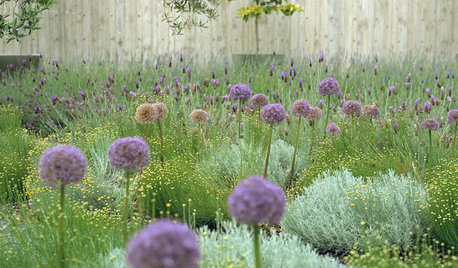
GARDENING GUIDESGreat Design Plant: Ornamental Allium
Lollipop blooms on tall, leafless stems add an architectural element to gardens of all styles
Full Story
COLOR9 Dark Wall Colors to Suit Your Mood
Tired of light and airy? Try dark and moody for a change; you may be surprised by the moods these colors inspire
Full Story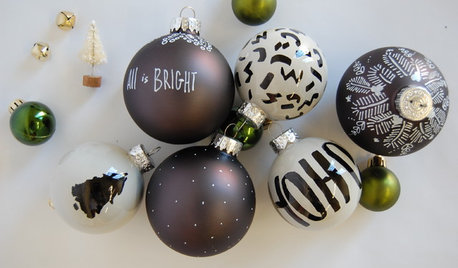
CRAFTSEnjoy a High-Contrast Holiday With These DIY Projects
Try a few fun gift tags, classic ornaments and gift wrap ideas in stylish black and white
Full Story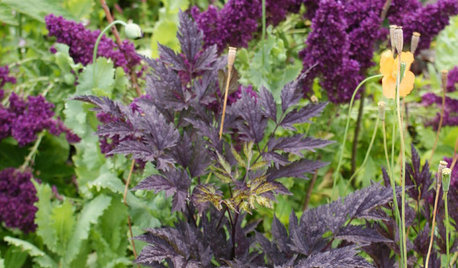
PURPLE FOLIAGEGreat Design Plant: Autumn Snakeroot
Venture fearlessly into the dark with this striking almost-black plant that brings a dramatic mood to the garden
Full StorySponsored
More Discussions









sharonrossy
carolyn137
Related Professionals
West Milford Landscape Architects & Landscape Designers · Wheeling Landscape Architects & Landscape Designers · Arden-Arcade Landscape Contractors · Choctaw Landscape Contractors · El Sobrante Landscape Contractors · Tavares Landscape Contractors · Conway General Contractors · Fairview General Contractors · Geneva General Contractors · Green Bay General Contractors · Greenville General Contractors · Mira Loma General Contractors · Avocado Heights General Contractors · Fort Pierce Decks, Patios & Outdoor Enclosures · Kyle Decks, Patios & Outdoor Enclosuresrt_peasantOriginal Author
seysonn
joeorganictomatoes
carolyn137
carolyn137
rt_peasantOriginal Author